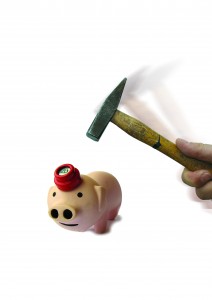 For restaurant owners looking to avoid falling victim to money pits, here are 5 things to look out for.
For restaurant owners looking to avoid falling victim to money pits, here are 5 things to look out for.
Not every restaurant can be on the 50th floor of the Hilton Hotel, or on the beach in Malibu, or employ a world-renowned, five-star French chef. The majority of restaurants are fighting for their survival in decent, but not great locations, on a limited budget, without a large margin for error.
So, while the old adage “location, location, location” sounds nice and simple, good and efficient management of your restaurant will probably be more likely in determining its success or failure – just like in any business.
Good management means taking advantage of the resources you have, and above all, not being wasteful. In this way, better managing your restaurant, and being kinder to the environment, can often go hand-in-hand. A badly managed restaurant will fall victim to unnoticed and unnecessary money pits that take resources away from investing in and growing the business. What money pits, you ask? The following are five of the major ones:
1) An inefficient menu
Finding the right portion size for menu items can be a tricky proposition. Customers expect to get their money’s worth out of a meal and cannot be made to feel that you are skimping on portion size. On the other hand, if portions are too big, you will end up throwing away a lot of food, which is obviously very wasteful. Much of what determines a customer’s satisfaction with his meal is psychological, and not a matter of him being physically “full.” Monitor your customers, and have your staff take note of what dishes are resulting in a lot of food being thrown away. In addition, smaller plates can make portions appear bigger, as can plates whose color contrasts sharply with the food being served on it. These psychological factors can actually affect the level of a patron’s satisfaction with portion size. If you can reduce portion size without disappointing customers, you can reduce waste, and thusly reduce costs.
2) A wasteful kitchen
Ordering the right amount of produce and meat, and using it in a timely fashion before it spoils and has to be thrown away is essential. This may entail offering spontaneous daily specials at low prices featuring dishes that can be made from items that you have to use before they spoil. You should also strive to use every part of your produce and meat products in cooking menu items. This often involves a new level of creativity. Vegetable peelings, bones and fish heads are examples of often unused kitchen products that can be employed to make stocks or sauces. You can also freeze certain items, such as vegetable parts and herbs that you would normally throw away. Being efficient in cooking means using everything possible and throwing away as little as possible.
3) Cheap furniture and dinnerware that does not last
Restaurant owners are so concerned with food and staff that they often forget the importance of design. Restaurant furniture and dinnerware are both parts of the visual landscape that you create for your customers. Matters of taste aside, cheaply made furniture and dinnerware will end up being a money pit, costing you more in the long-term than a good investment in quality furniture will. Furniture that serves you well for home use will not stand up to the beating it will take in a restaurant. Make sure to buy furniture that is made by a vendor who specializes in making furniture for commercial use. The same goes for dinnerware. These items may cost you more initially, but they will last 10 times longer than shoddily-made products that will have to be replaced every year, continually sucking money out of your business. (more…)
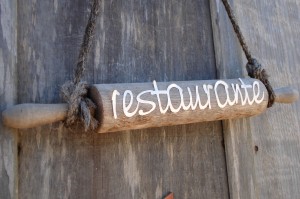
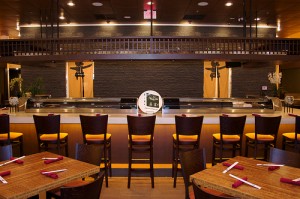

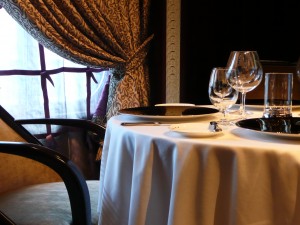

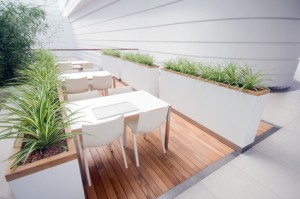
 Globe of Blogs
Globe of Blogs http://www.buzzerhut.com
http://www.buzzerhut.com